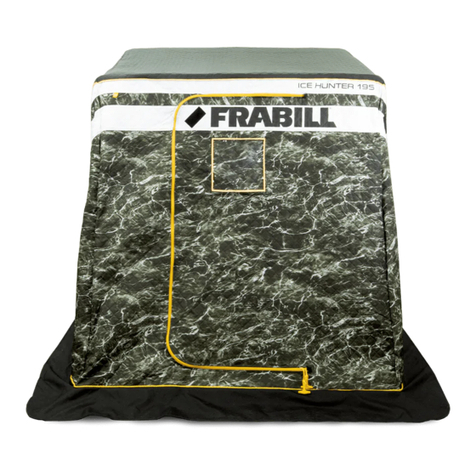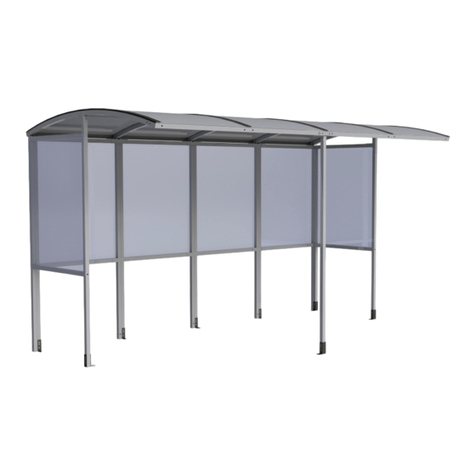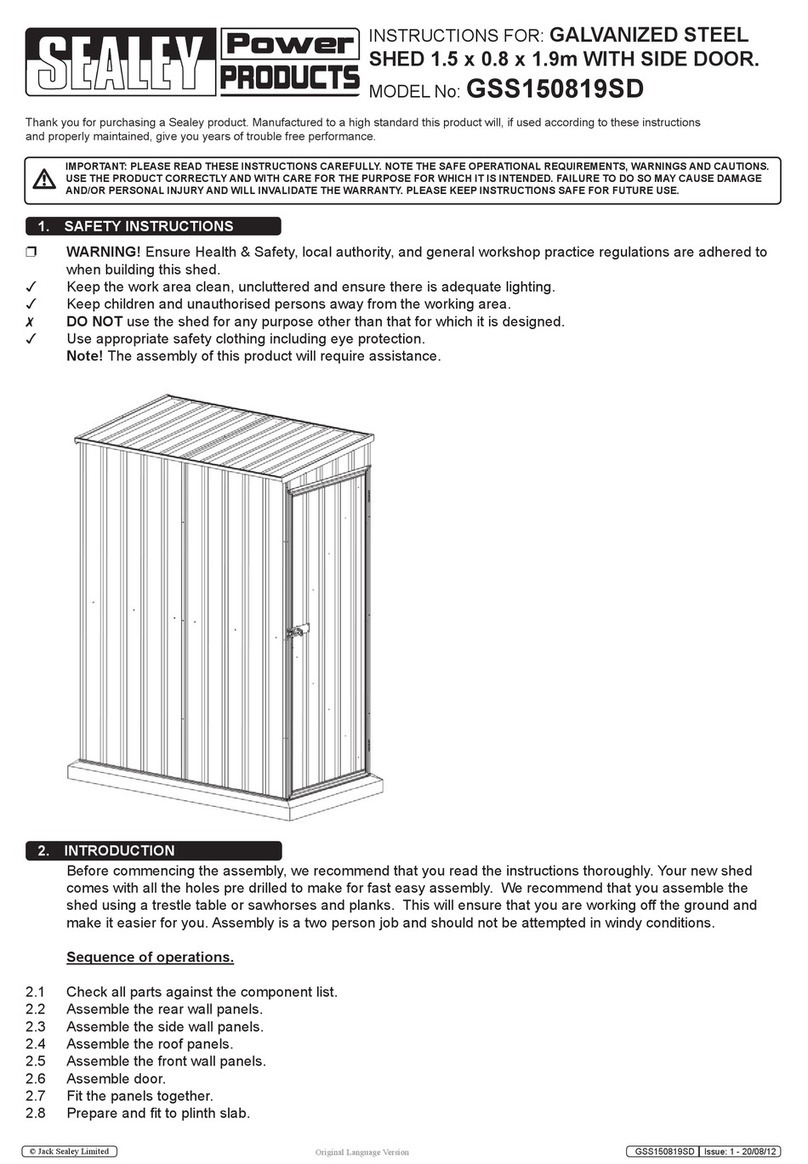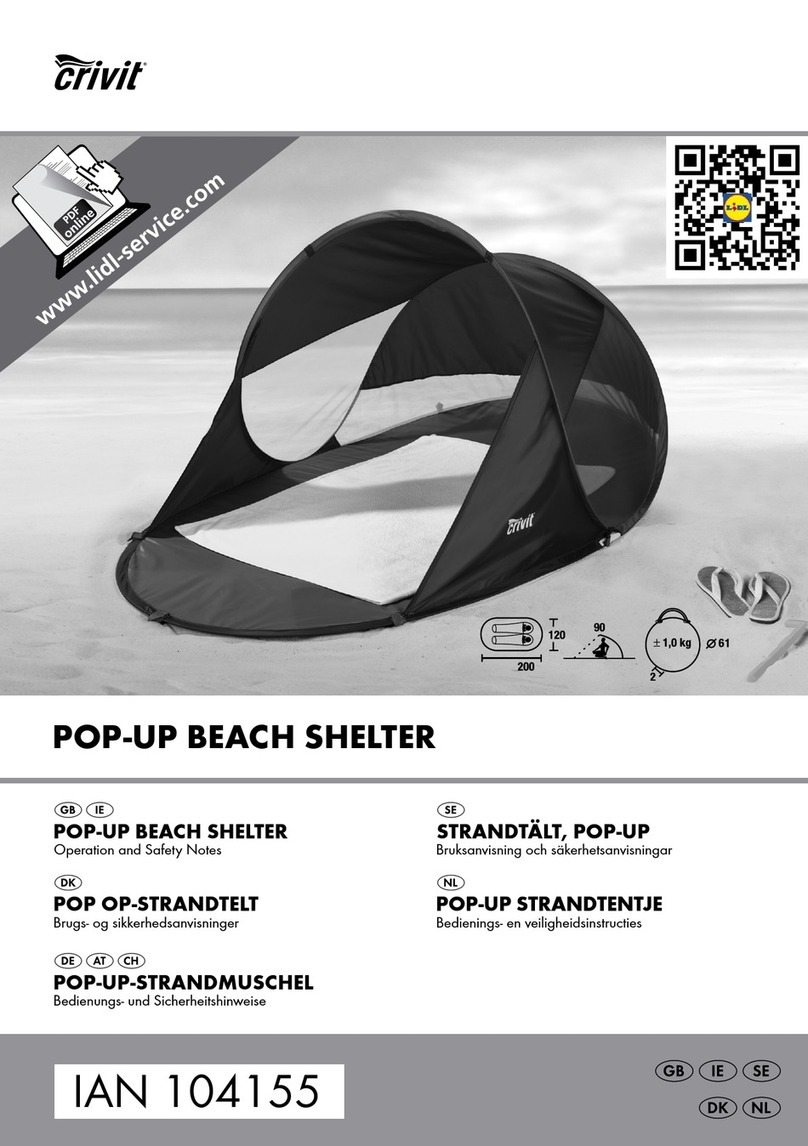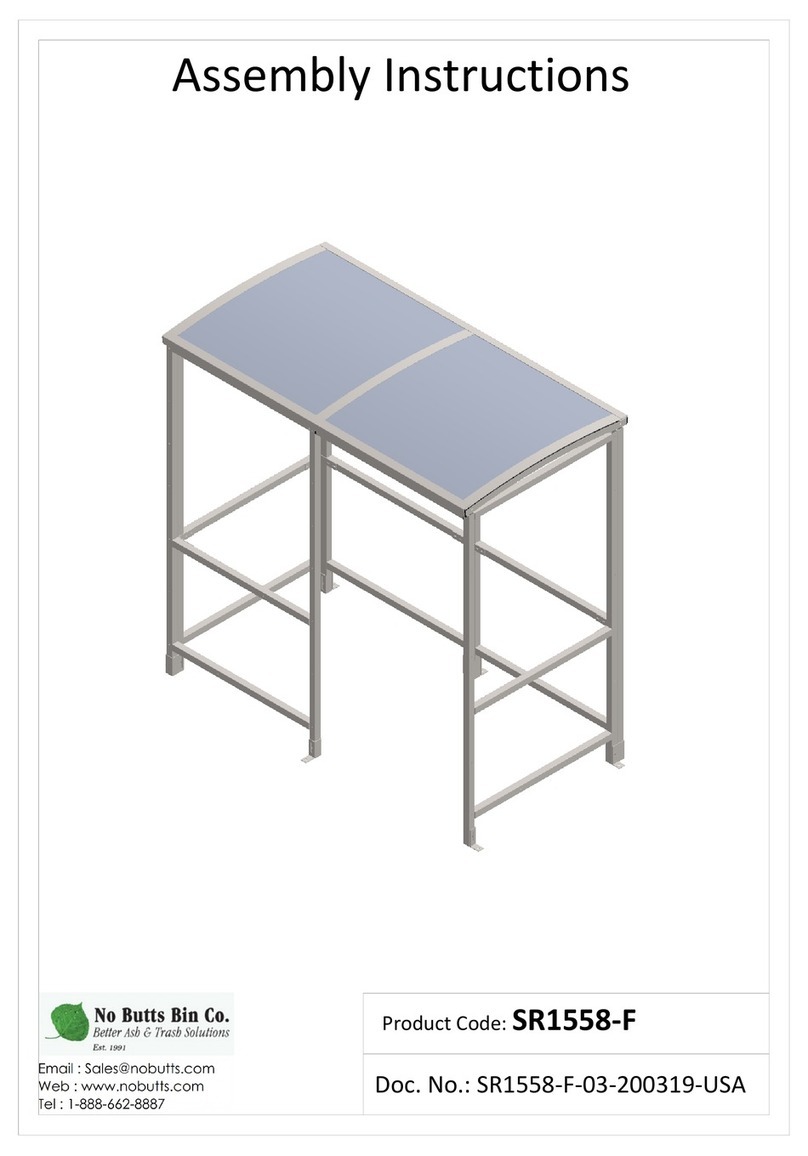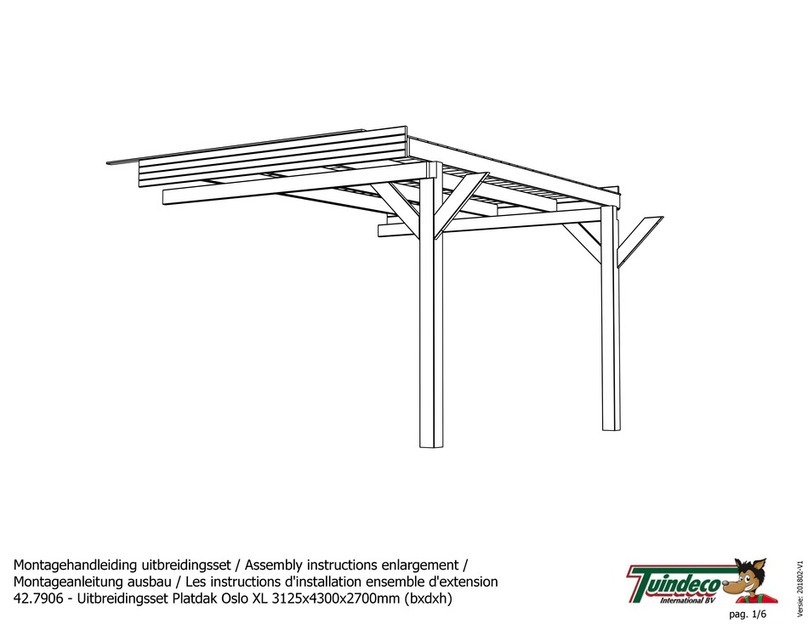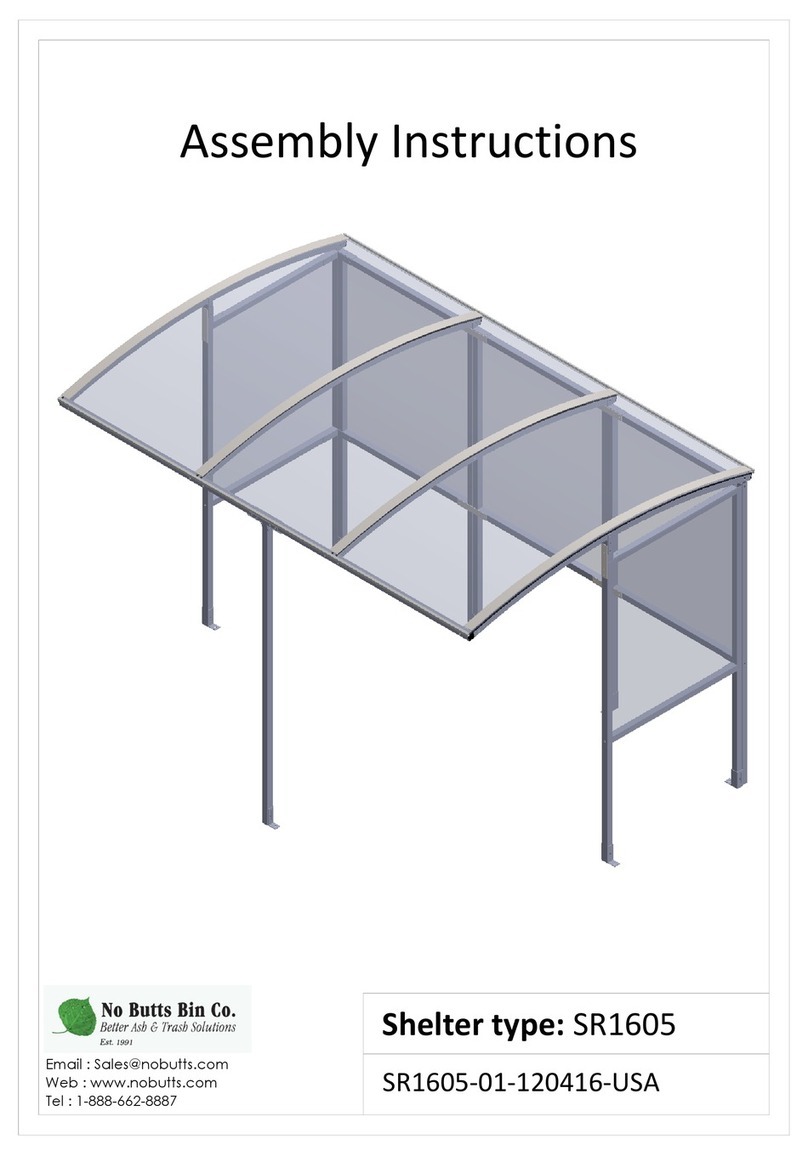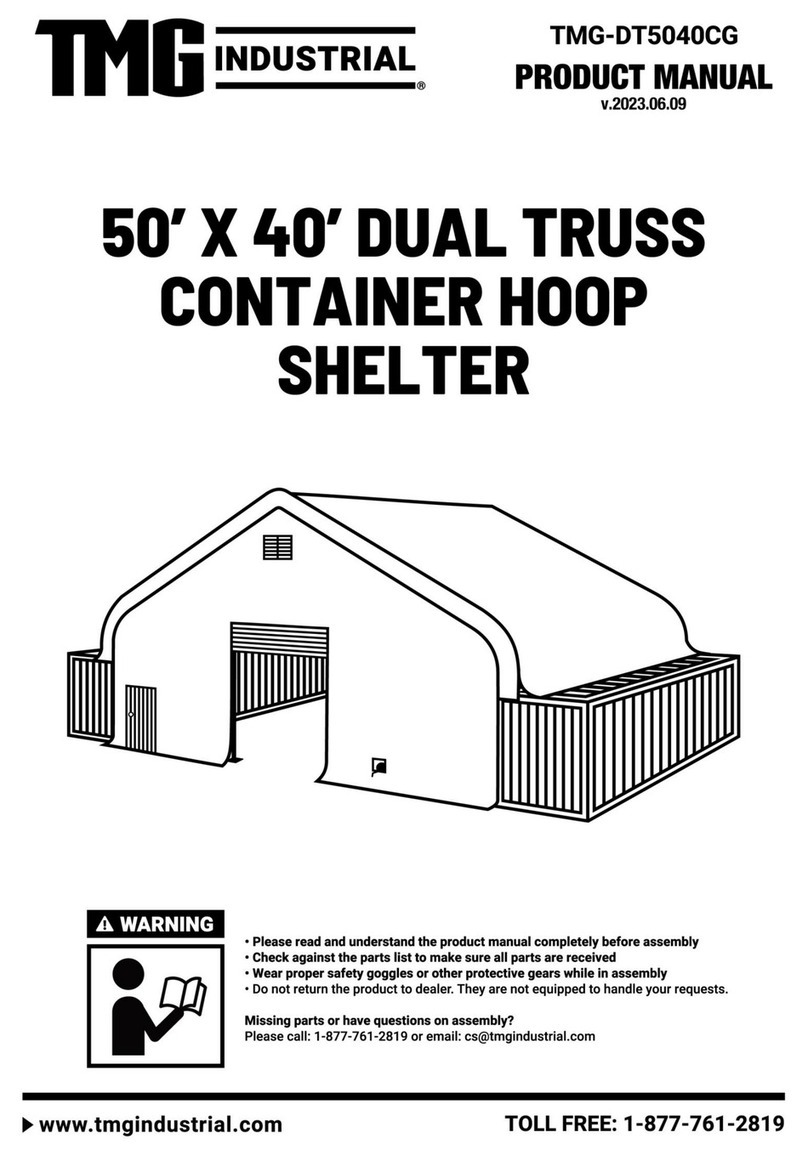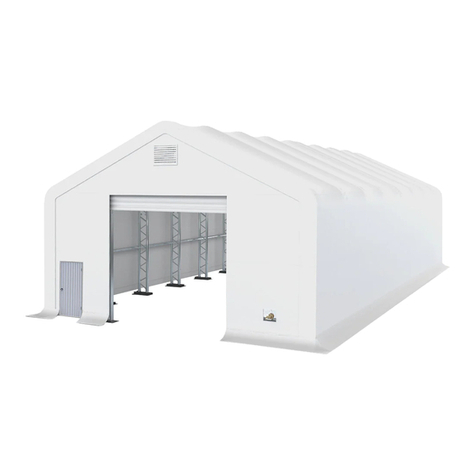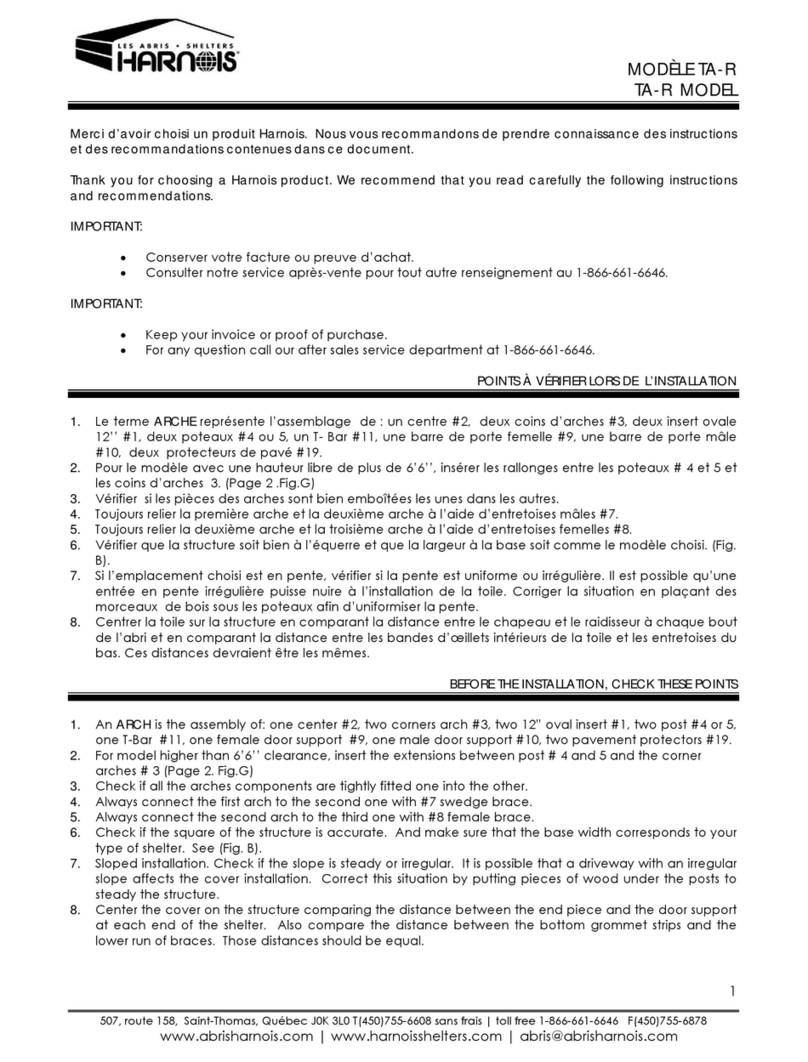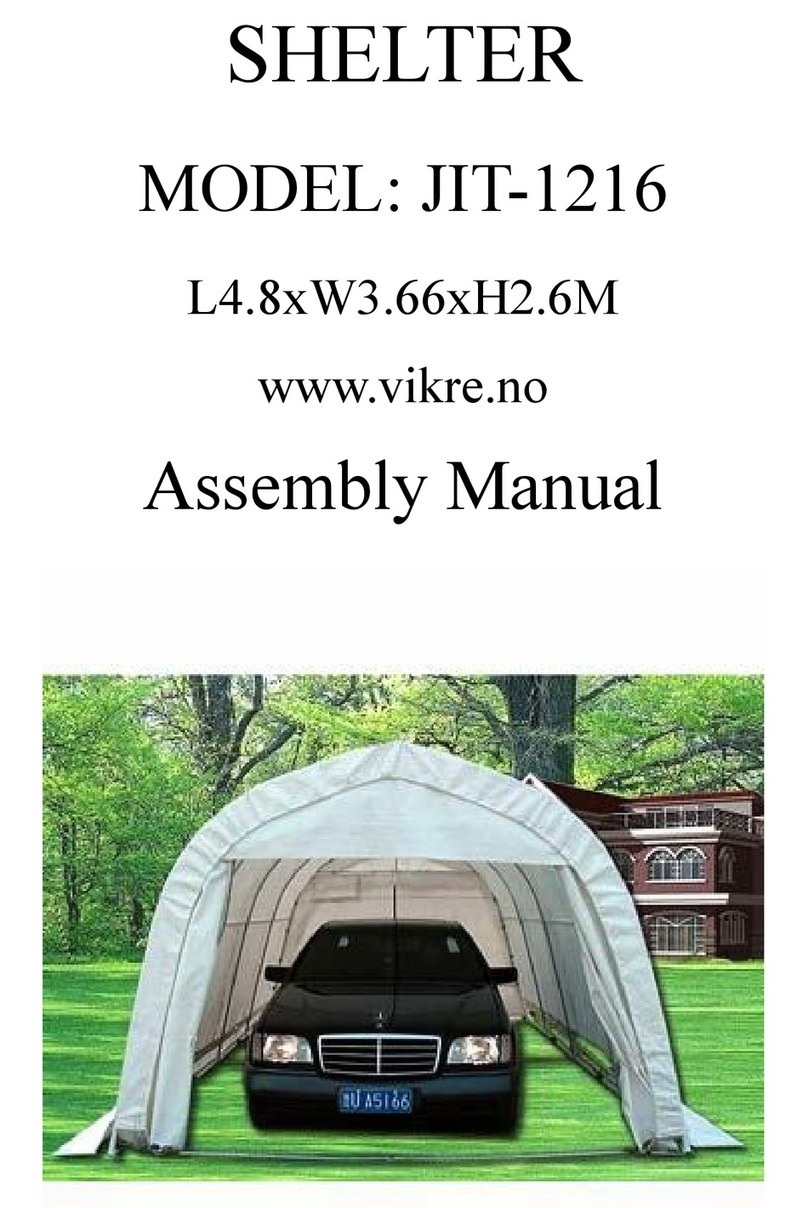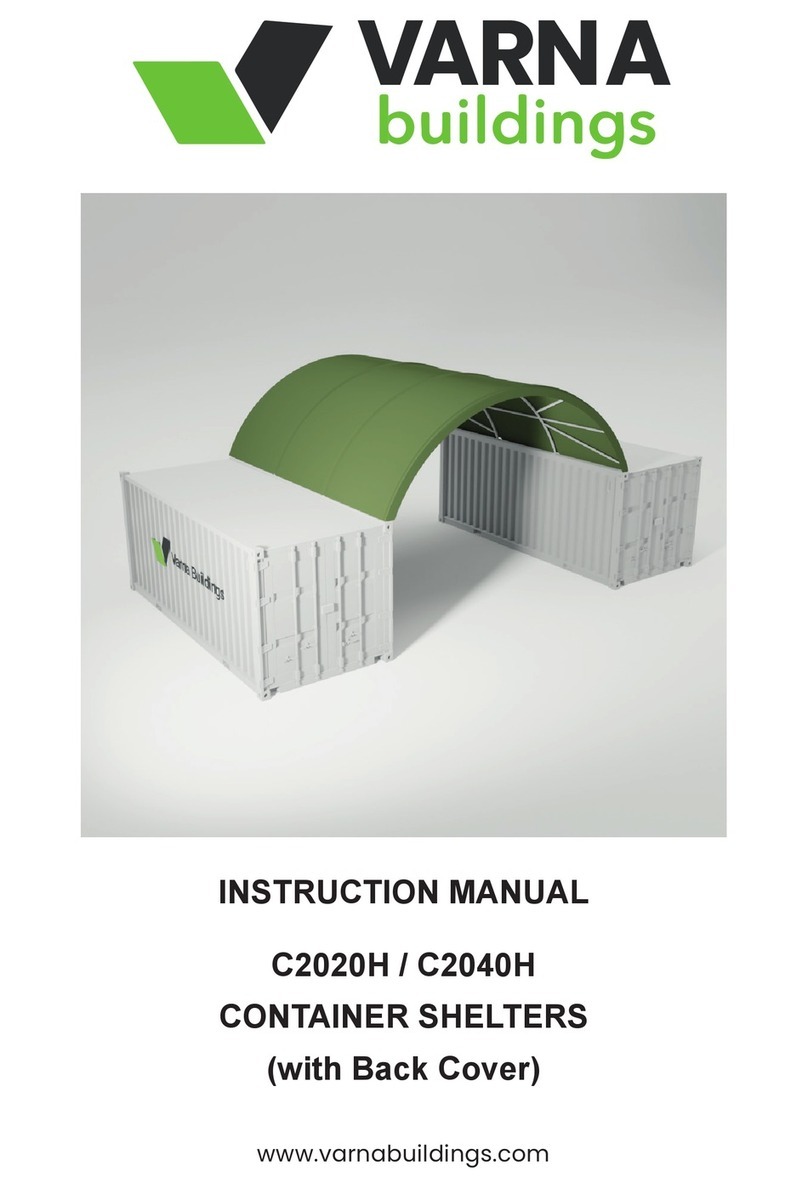
aem.eco
LAMBRECHT meteo |AEM | 8141.62
page –2
Function and description
Sensor shelters are used to protect temperature and humidity measuring instruments against unmeant inuences
of the weather when eecting measurements in the open air. Thus, the determined results of measurement are
independent of precipitation and their evaporation as well as of direct and indirect radiation. The measuring results
are safe and will be comparable.
Constructionally sensor shelters are in such a way arranged that the data acquisition area of the installed sensor are
located in the middle of the shelter. Additionally the three upper lamellae are closed for thermal insulation purpose.
Thus optimal measuring conditions are ensured. The plastic lamellae are arranged in a dened distance, one above
the other. By the special lamella design the protection of the sensor against unmeant inuences is extremely
eective.
For improvement of ventilation the lowest lamella has a bigger inner diameter of 73 mm. Furthermore the holder at
this place has special tapers and openings which optimise the ventilation and prevent uid retentions. The sensors
are placed from below into the opening of the shelter and xed by a clamping screw. The clamp screw is placed
inside the weather shelter which causes a signicantly improved stability of the complete shelter (incl. sensor). The
sensor shelters can be installed on vertical and horizontal masts or tubes.
Benets
• Natural ventilation of the sensors
• Improved lamellar system
• Suitable protection against direct and indirect radiation
• Protection against weather inuences
• Simple and quick mounting on tubes
Warranty
Please note the loss of warranty and non-liability by unauthorized manipulation of the system. You need a written
permission of the LAMBRECHT meteo GmbH for changes of system components. These activities must be
operated by a qualied technician.
The warranty does not cover:
1. Mechanical damages caused by external impacts (e. g. icefall, rockfall, vandalism).
2. Impacts or damages caused by over-voltages or electromagnetic elds which are beyond the standards and
specications in the technical data.
3. Damages caused by improper handling, e. g. by wrong tools, incorrect installation, incorrect electrical
installation (false polarity) etc.
4. Damages which are caused by using the device beyond the specied operation conditions.

